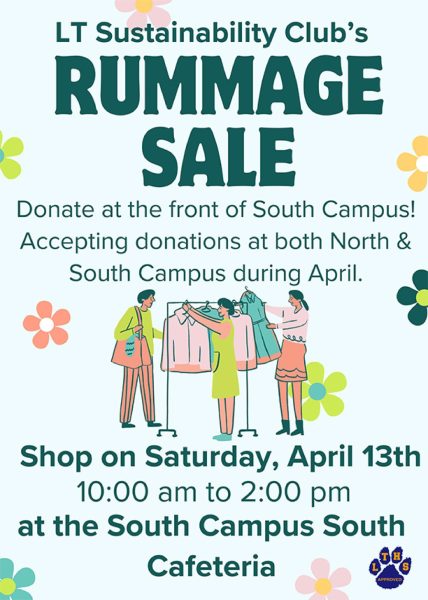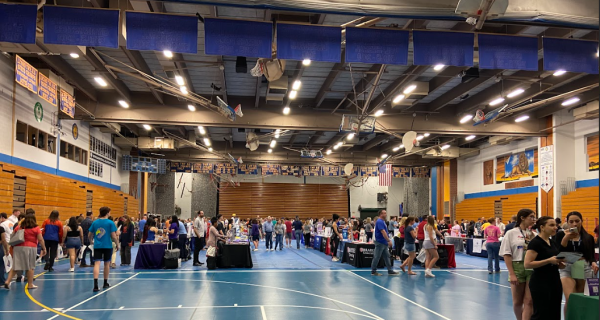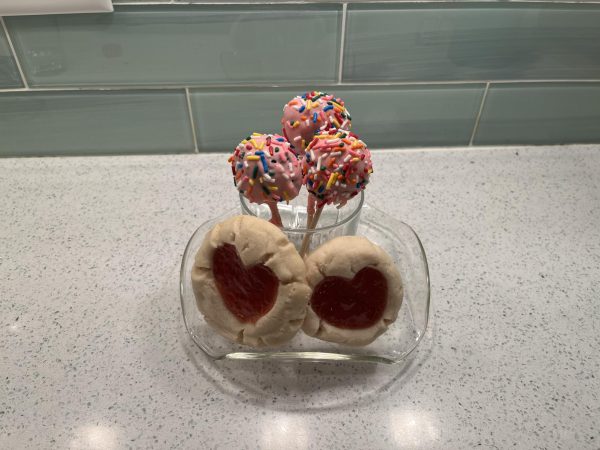Local gardener influences increase in urban gardens
November 8, 2016
Cody LeGrand crouches down to check how his plants are doing. He takes a firm grip of a giant leaf that protrudes from the ground and lifts it out of the mix of natural clay and nutrient rich soil. As the soil settles, Cody holds a ripe, two pound beet, another two pounds that will help those in need. Cody places the beets into his basket and heads to the next patch of vegetables. He is excited how far this garden has come under his management for the last year.
LeGrand is the head director of this community garden that is placed at 7600 Wolf Road in Burr Ridge. With his help of local volunteers and local Boy Scout Troop 69, the garden has produced more than 500 pounds of food for donations to local food pantries and soup kitchens.
Most of the food grown will go to The Common Food Pantry in downtown Chicago at 3744 N. Damen Ave, LeGrand said. The Common Food Pantry is the oldest food pantry in the city and serves many families who need food every week. “Whenever we donate our fresh produce, it’s the first of all the food to be taken from the food pantry.”
In many cities, citizens who live in poor areas don’t have the money they need to buy fresh produce. Almost 25 million Americans currently live in food deserts, including about 6.5 million children. These zones are areas with a large absence of grocery stores and low-income populations, according to Newscome.com That’s where urban gardening comes in. Cities such as Chicago, Detroit, San Francisco, and Washington D.C. have invested in urban gardens to grow produce for their communities. Not only do citizens eat free produce, but the urban garden influences healthier diets. According to Brad Plumer at Vox.com, “people who participate in a community garden learn what it takes to grow different crops—and appreciate how difficult it actually is. They can better grasp the seasonality of different fruits and vegetables (which is, at the very least, a handy skill in the grocery store).” This is exactly what LeGrand is trying to bring to the community. If more people participate in the cultivation of urban gardening, then more produce can be available to local people and businesses.
The Vacant For Vegetables garden this past year has grown a large assortment of foods such as radishes, turnips, kale, Swiss shard, collared greens, peppers, tomatoes, potatoes, okra, mint, basil, two kinds of squash, brown cherries, corn, onions, and carrots. An addition to the garden this past September was the planting of multiple berry bushes of raspberries and blueberries, plus the installation of more than eight peach and apple trees. For such a great variety of foods, local restaurants are taking notice. Thomas Kidwell is the manager of a restaurant called Chant. Chant is based in Hyde Park and has an Asian fusion theme to it. Kidwell has bought some of the produce of the garden for the restaurant. Using mint, the chefs at Chant use multiple herbs to make a delicious beverage for customers.
LeGrand gives the garden’s profits to St. Helena’s Episcopalian Church, which has little or no funding. With plans on doubling the amount of produce next year, LeGrand has created a project that can help both local restaurants and the garden itself.
“My plan is that local restaurants that use their local urban gardens for fresh produce take all the organic leftovers to the gardens,” LeGrand said. “The waste can then be placed in compost bins and that produces a fantastic fertilizer for the garden. The compost can also be used to make a whole new garden.”
With a bright future looming for the Vacant for Vegetables Garden, more produce can become available to food pantries and local restaurants. This can help many families in the Chicagoland area and they can receive the nutrition they need.
If you would like to help out with St. Helena’s Vacant for Vegetables Garden, contact Mr. LeGrand at [email protected]
To help fund more efforts to improve the garden, go to: www.gofundme.com/ymdfk7mc



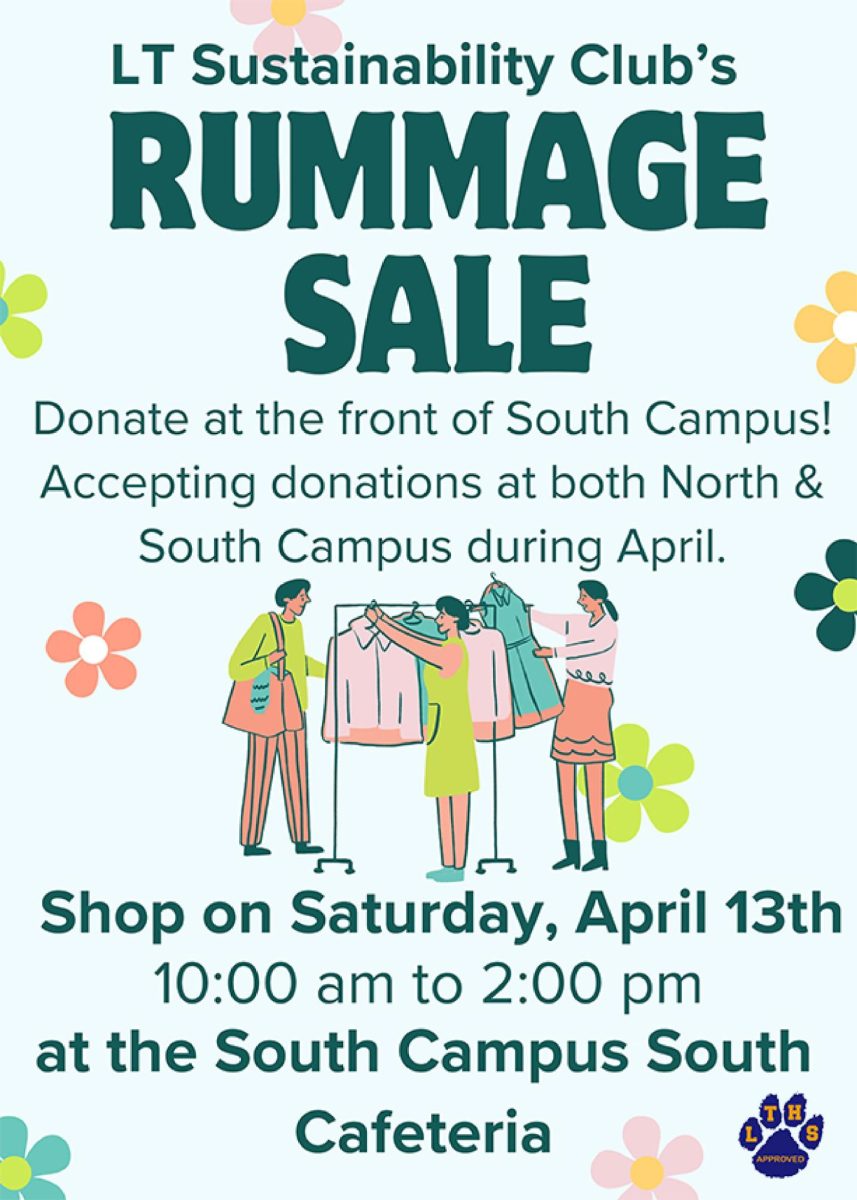







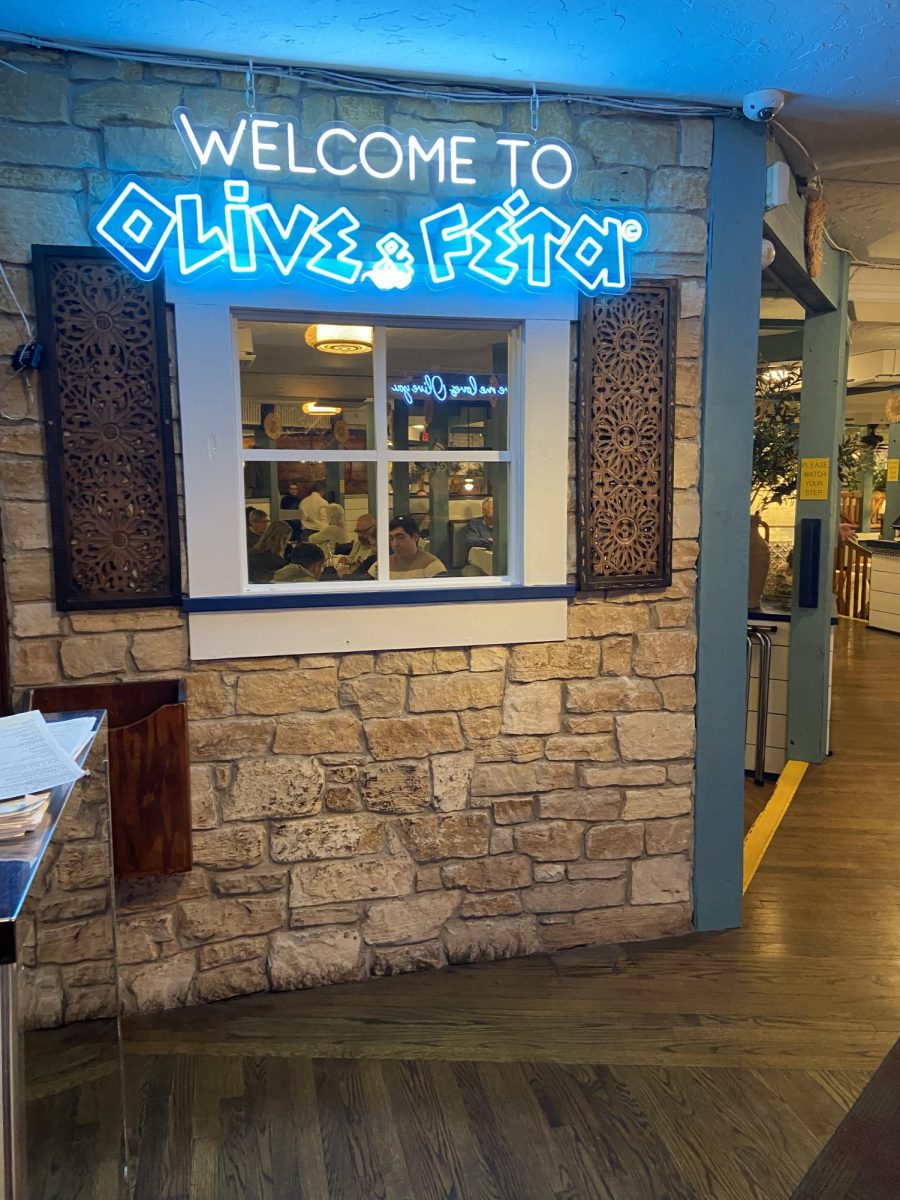


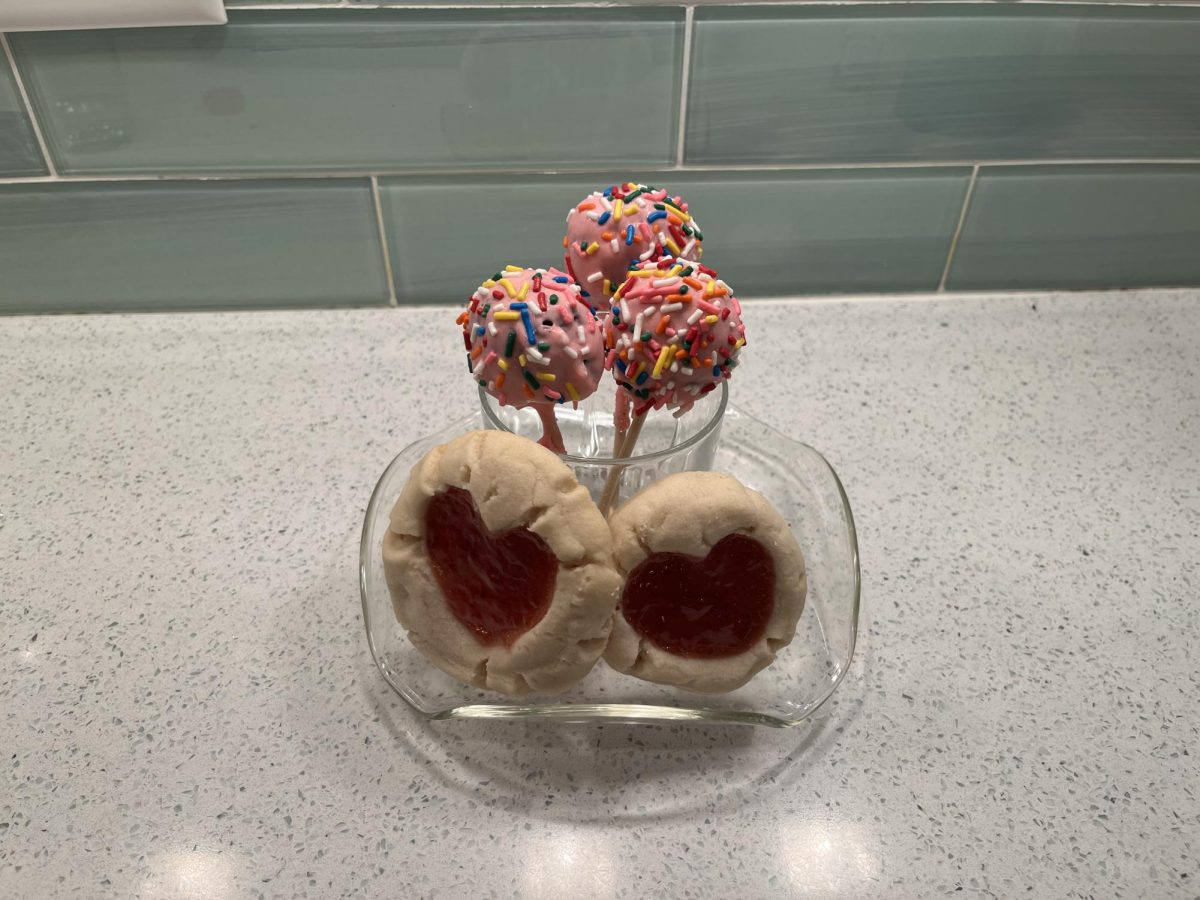



![Movie poster for [Rec] (2007).](https://www.lionnewspaper.com/wp-content/uploads/2023/04/rec-640x900.jpg)


